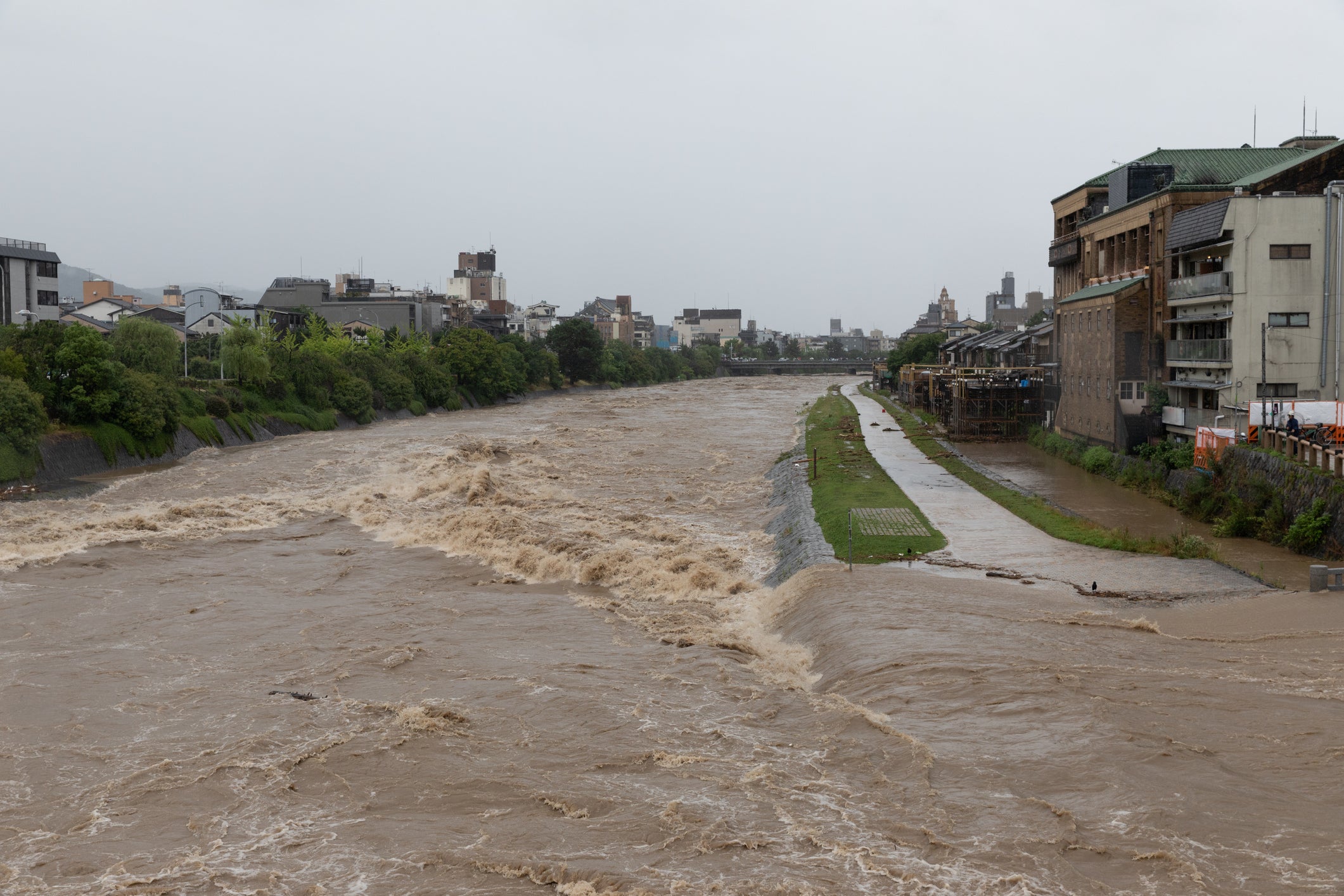Disaster prevention and environmental consideration
table of contents
Introduction
1. The importance of disaster prevention and environmental consideration
2. Methods of disaster prevention and environmental consideration
3. Benefits of disaster prevention and environmental consideration
summary
Introduction
Disaster prevention and environmental considerations are important factors for our lives and the health of the planet as a whole. Today, as climate change progresses on a global scale and the frequency and impact of natural disasters increase, disaster prevention and consideration for the environment have become essential issues. This article details the importance of disaster prevention and environmental considerations, specific methods, and their benefits.
1. The importance of disaster prevention and environmental consideration
1-1 Increase in natural disasters
Increasing climate change is increasing the frequency and intensity of natural disasters. Floods, hurricanes, earthquakes, droughts, wildfires, etc. affect people's lives, and disaster prevention measures are essential. Failure to take appropriate precautions increases the possibility that life and property may be at risk.
1-2 Population growth and urbanization
Urban populations around the world are rapidly increasing and urbanization is progressing. Urban areas are at high risk for natural disasters, and dense populations and urban infrastructure can increase damage. Disaster prevention measures should be incorporated into urban planning.
1-3 Economic impact
Natural disasters can cause significant damage to individuals, businesses, and national economies. Damages caused by floods and earthquakes cause significant damage to buildings, agricultural land, and infrastructure, straining economic resources. Disaster prevention measures are essential to ensure economic stability.
1-4 Ecosystem protection
Concern for the environment is also closely related to the protection of ecosystems. Ecosystems are essential to our lives and are also important as habitats for wild animals and plants. Development and disasters that lack proper consideration for the environment can have a major impact on ecosystems, potentially causing ecosystem destruction and species extinction.
1-5 Sustainable development
Disaster prevention and environmental considerations are consistent with the principles of sustainable development. Sustainable development aims not only to meet our current needs, but also to provide a suitable environment for future generations. Properly managing the earth's resources and prioritizing environmental considerations are fundamental steps to building a sustainable future.
1-6 International cooperation
Natural disasters and climate change have impacts that transcend national borders, so international cooperation is essential. Disaster risk reduction and environmental considerations serve as a means to foster international collaboration and address common challenges.
2. Methods of disaster prevention and environmental consideration
2-1 Risk assessment and planning
① Natural disaster risk assessment
Assess the risk of natural disasters in each region and plan for floods, earthquakes, hurricanes, volcanic eruptions, and more. Leverage local weather data and geological information to assess risk.
②Evacuation plan
In the event of a disaster, we will formulate an appropriate evacuation plan and designate evacuation routes and shelters. This allows for smooth evacuation to a safe location.
2-2 Sustainable architecture and urban planning
① Building reinforcement
We improve the durability of buildings against natural disasters by strengthening them with seismic design and wind pressure.
②Urban planning
In urban planning, construction is restricted to areas prone to flooding and tsunamis, and public facilities and residential areas are located in safer locations.
2-3 Prepare for emergencies
① Emergency response plan
Develop emergency response plans needed in the event of a disaster. This includes evacuation planning, establishing emergency communications, food stockpiles, and securing medical facilities.
②Training and exercises
We will train local residents, emergency services, fire departments, police, and other relevant personnel to ensure appropriate responses in the event of a disaster.
2-4 Promotion of renewable energy
①Solar power generation
The introduction of solar power generation systems increases the supply of clean energy and improves the stability of energy supply.
②Wind energy
Wind power increases renewable energy supply in windy regions and reduces greenhouse gas emissions.
2-5 Education and enlightenment
①Awareness of the general public
We will carry out educational programs on disaster prevention and environmental consideration to raise the awareness of self-disaster prevention among the general public and make them understand the importance of environmental protection.
② School education
Strengthen disaster response and environmental education in schools and teach children sustainable living skills.
2-6 Development of laws and regulations
① Building regulations
We will strengthen regulations regarding buildings and ensure the earthquake resistance and durability of buildings.
②Environmental laws and regulations
In order to promote consideration for the environment, we will develop environmental laws and regulations and promote appropriate waste disposal and sustainable use of resources.
3. Benefits of disaster prevention and environmental consideration
3-1 Protection of life
Disaster prevention measures and environmental considerations play a role in protecting lives during disasters. Proper risk management and environmental protection keep people safe and reduce injury and death rates. This reduces the loss of life due to disasters and allows the entire community to live with peace of mind.
3-2 Protection of property
Disaster prevention measures help protect property and minimize damage. By building earthquake-resistant buildings and installing flood prevention measures, we reduce the loss of buildings and property and reduce the cost of recovery.
3-3 Reducing the impact on health
Going green improves air and water quality and reduces environmental health risks. A clean environment protects people's health by reducing health problems such as respiratory diseases and water pollution.
3-4 Sustainable development
Disaster prevention and environmental considerations are positioned as part of sustainable development. Appropriate use of the earth's resources and environmental protection will provide a richer environment for future generations and support economic stability.
3-5 Economic benefits
Disaster prevention measures and environmental considerations also bring economic benefits. By reducing disaster losses, you can save on insurance premiums and recovery costs. The introduction of renewable energy also has the potential to reduce energy costs and create new job opportunities.
3-6 Ecosystem protection
Respect for the environment contributes to the protection of ecosystems. Protecting ecosystems such as forests, lakes, and oceans and maintaining biodiversity provides ecosystem services and also benefits industries such as agriculture and fishing.
3-7 International cooperation
Disaster risk reduction and environmental considerations are international issues and provide opportunities for international cooperation. Working together, the international community can address cross-border issues and strengthen global security and environmental protection.
3-8 Promoting social cohesion
Disaster prevention and environmental considerations promote cohesion across communities and countries. Working together toward a common goal increases social cohesion and fosters a culture of mutual support in times of crisis.
summary
Disaster prevention and consideration for the environment are essential elements for our lives and the future of our planet. Managing resources sustainably and preparing for natural disasters protects our lives, property and the environment. By working together, individuals, communities and governments, prioritizing environmental considerations and strengthening disaster preparedness, we can build a safer and more sustainable future.








